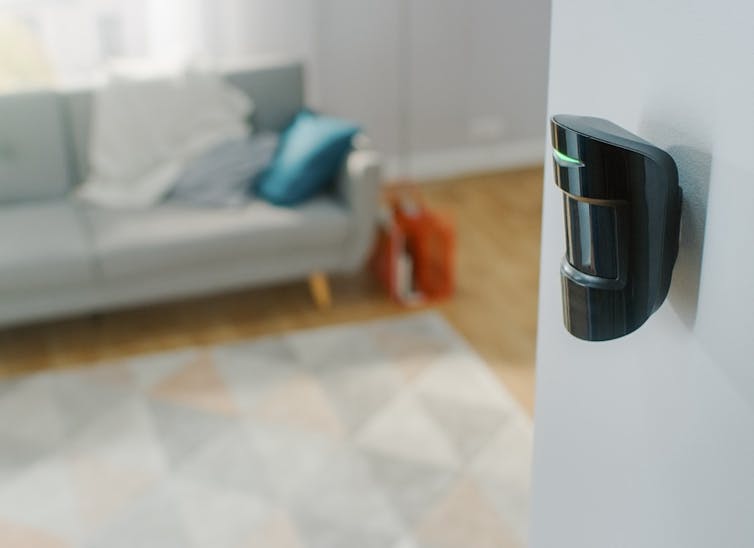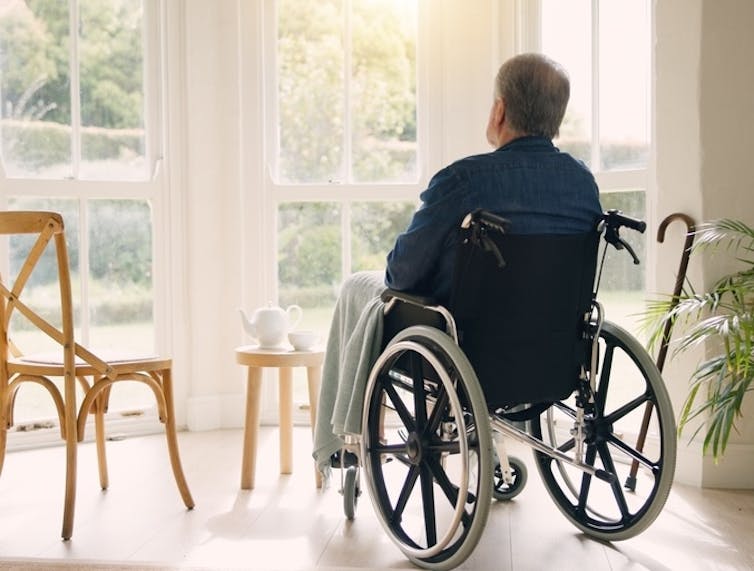Smart homes have become increasingly popular in recent years. Where once they simply referred to automated systems for things like lighting and heating, nowadays the definition has expanded to include voice assistants and a wide variety of sensors and remotely programmable devices. In the UK, ownership of smart-home devices has doubled in the past five years.
However, many experts believe that the true potential of smart homes lies in helping those with special needs, such as older people or those with dementia. The vision is that by helping with daily activities, detecting problems, providing assistance and calling for human backup when required, smart homes can help people to live independent lives who currently need alternative arrangements.
The best homes of this kind are in the US, Germany and South Korea. Voice assistants help residents to manage their medication, while sensors can detect falls and summon emergency services as appropriate. Users also wear sensors to track vital signs such as heart rate and blood pressure, whose data is transmitted to healthcare professionals.
But there are relatively few homes of this type and the technology is still quite basic. For instance, despite advances in artificial intelligence (AI), it is still rarely used for more sophisticated monitoring, such as recognising activities like making breakfast or putting groceries away, and, say, reminding a user to turn off the hob or spotting if they’ve put things in the wrong places.
As a researcher who has been working in this space for a number of years, I see numerous challenges that are preventing progress.
1. The camera problem
The most accurate way to monitor residents is to install lots of cameras in their homes. These come with complications, such as restricted viewpoints and having to sometimes work in darkness, but the main problem is privacy.
It has become increasingly clear that individuals don’t want to live in houses where people can potentially see what they’re doing, so cameras are not really a viable option. Unfortunately most of the research in this field has been based on them, so it’s not useful.
Without cameras to capture information, it also means that the best training data for AI is unavailable, making it harder to move the technology forward. Instead, researchers like myself are having to develop technologies for these smart homes that are based on sensors and RFIDs embedded everywhere.
2. Endless complexity
One thing that AI still finds very difficult in this context is to recognise more complex activities or behaviours. This includes where more than one person is doing things at the same time, or where one person is carrying out a sequence of activities or an activity with lots of small parts, such as making breakfast or washing the dishes.
It also doesn’t help that all houses are configured differently, plus it’s challenging to optimise where sensors should be placed and which types to use. Different sensors pick up different information, such as movement, pressure, motion and so on, and it’s not always clear what will be most useful in each location.

Gorodenkoff
Another challenge is known as “data drift”, when data from sensors changes because the behaviour of people has changed. Suppose one resident has a stint in hospital – if the system doesn’t know this, it might flag the need for an intervention because less food is being consumed.
Similarly, smart systems have to cope with variations in data caused by natural fluctuations in, say, the weather. There’s no point in making sure that the resident hangs out their washing if it’s raining, for instance. Research into all these issues is still at an early stage.
3. Changing needs
Even once sensors are able to accurately recognise what activities are taking place and when something is wrong, they also need to cope with residents’ needs changing over time. As people get older or their dementia gets worse, the system has to recognise that what might have been normal three months ago isn’t normal now, and respond accordingly. That too is a huge technical challenge.
4. The user experience
Many studies have found that potential users find it difficult to use these technologies and feel “nervous”, “worried”, “uncomfortable” and “confused”. I’m currently working on a paper exploring ways to improve the user experience, and one of my key proposals is that these people need to be involved at the design stage. Believe it or not, this hasn’t tended to happen.
5. Trust issues
Users have to be convinced that assisted smart homes are reliable if they’re going to live in them. Particularly if the system uses advanced AI for analysing their behaviour, they may fear not being in control. They may resent a lack of transparency over how decisions are made, especially if it affects their daily routine. They’ll also have similar fears to the rest of us as to how their personal data might be used. This all points to a big challenge in educating customers and anticipating their concerns.

Peopleimages.com – Yuri A
6. Costs
Smart technology is not cheap. An analysis in 2023 by English smart homes specialist Chris Lewis Group put the cost of a fully set up regular smart home at anything from £75,000 to £150,000. For assisted living, particularly with the latest AI, it’s going to cost even more – at least until there are enough customers to bring prices down. Even then, there will be maintenance and upgrade costs on top.
It underlines how important it will be to make a compelling case to the relevant public bodies or to individual customers that these smart homes can genuinely enhance someone’s quality of life.
7. No joined-up thinking
When it comes to developing these technologies, there’s very little collaboration between tech developers, end users, researchers and public bodies such as local councils and healthcare providers. This is a significant barrier to building effective assisted smart homes, since those involved don’t share their expertise, struggle to raise funding and misunderstand the needs of users.
This is the single biggest issue in this field. We’re still some way away from developing systems capable of making the most of state of the art technology, but we’ll get there a lot faster if the various stakeholders step out of their silos and properly collaborate.
Sabrina Azzi, Lecturer in Digital Business, University of the West of Scotland
This article is republished from The Conversation under a Creative Commons license. Read the original article.









